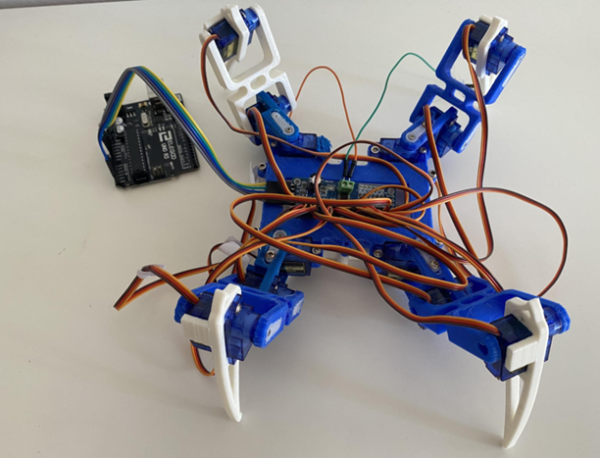



The geometric parameters of the micro-channels were found to be important variables that could significantly affect the flow characteristics and heat transfer. It was noticed that the transition Reynolds number diminished with the diminishing of the micro-channel diameter. The authors indicated that a laminar heat transfer regime occurred at a Reynolds number of 200–700, and fully turbulent connective heat transfer was reached at Reynolds numbers in the range of 400–1500. In this work, the forced flow convection of water through rectangular micro-channels (hydraulic diameters of 0.133–0.367 mm) was experimentally investigated. Investigations on the transfer of boiling heat transfer during flow in mini-channels of a rectangular cross-section and various dimensions, oriented horizontally and heated uniformly, were described by Peng et al., for example, in. Generally, the data presented showed satisfactory convergence of the results achieved as a result of the computational procedure. The residuals, as good indicators of convergence, achieved low values. Furthermore, a mesh dependency analysis based on the grid convergence index ( GCI) was performed.

Due to simulations, it was possible to indicate which parameters tested in terms of heat transfer turned out to be the most effective. The results of the numerical computations were discussed. In the numerical simulations, important variables, mainly the working fluid, heater material, the spatial orientation of the test section, and the number of mini-channels, were assumed. The main objective was to determine the values of the parameters tested to evaluate the intensity of the heat transfer processes. During experiments, the temperature measurement of the outer heater surface was performed by infrared thermography to verify the results of numerical calculations performed in Simcenter STAR-CCM+ software. The data from the experimental research were the basis for numerical calculations. The present work describes an experimental study and CFD modeling of fluid flow and heat transfer characteristics in a heat sink with several asymmetrical heated mini-channels.


 0 kommentar(er)
0 kommentar(er)
